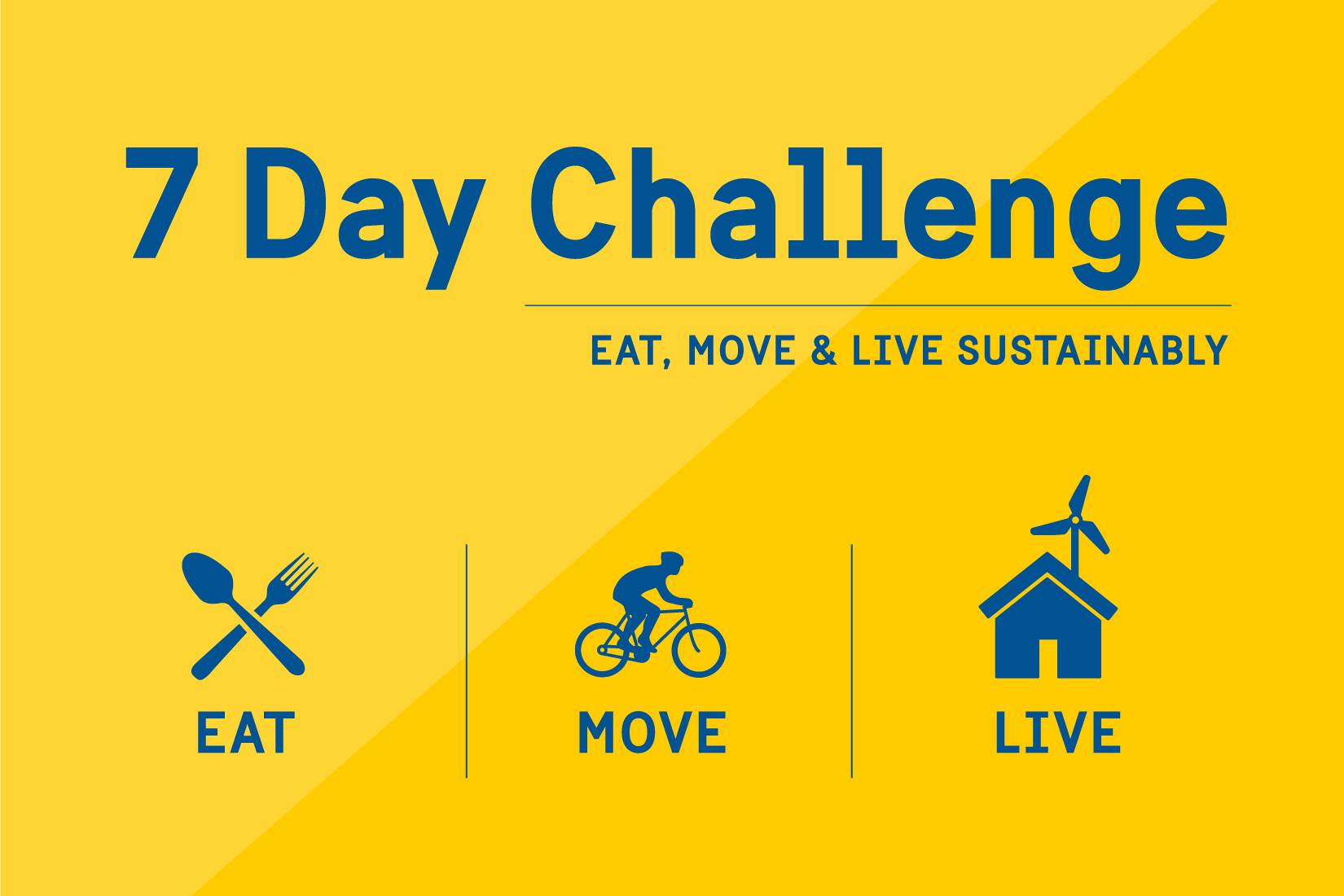Introduction: The Tipping Point
We live in a world tethered by a glowing screen. For a long time, I thought the constant scrolling, pinging notifications, and endless email checking were just the cost of doing business in the modern world—until I received a harsh wake-up call. I was feeling anxious, constantly tired, and worst of all, my monthly spending felt erratic.
I decided to take radical action: a full 7-Day Digital Detox. This wasn't just turning off social media; it was an attempt to go completely offline, eliminating all non-essential screens (phone, laptop, TV, tablet) for one week.
Here is the honest, day-by-day breakdown of my struggle, the unexpected benefits, and the specific, measurable results on my wallet and my mind.
📅 The Week Unplugged: A Day-by-Day Diary
Days 1 & 2: The Panic and The Void
The first 48 hours were the most difficult. I constantly reached for my phone, only to find an empty pocket. The physical habit was terrifyingly strong. I realized that my addiction wasn't to the content, but to the dopamine hit of checking. The silence and the resulting boredom were initially quite unsettling.
My primary action was to replace my phone with a notebook and pen, forcing me to write down my thoughts instead of scrolling past them. I also made sure to notify only my most essential contacts (family and work emergency contacts) via a pre-set auto-response so no one expected an immediate reply.
Day 3: Time Slows Down
By the middle of the week, the initial panic had faded. I suddenly noticed I had an enormous amount of unallocated time. What used to be two or three hours of evening screen time had suddenly become a blank canvas. I quickly leveraged this extra time:
I finished a book I’d neglected for six months.
I cooked a complex recipe from scratch, using an old cookbook instead of an online tutorial.
I had a rich, 45-minute conversation with a friend using my landline, enjoying zero interruptions.
The key shift here was that I stopped consuming information and started creating things, which was profoundly satisfying.
Days 5 & 6: The Mental Clarity and Better Sleep
This was the phase where the mental health benefits truly kicked in. Without the constant influx of news, opinions, and social comparisons, my anxiety dropped significantly. The constant, low-grade fear of "missing something important" (FOMO) nearly disappeared. I realized the world kept turning without my immediate attention.
Furthermore, my sleep improved dramatically. By removing my phone from the bedroom and reading physical books instead of staring at a screen, I gained an average of one hour and 25 minutes of sleep per night compared to my weekly average before the detox.
Day 7: New Perspective
The last day felt less like a challenge and more like a permanent preference. I wasn't rushing to reconnect with technology. I spent the morning enjoying a quiet coffee, reflecting on the week's changes and planning how to integrate these new habits. Without digital distractions, my attention span was higher, and I dedicated over 105 more minutes to physical activity (walking, yoga, and cycling) than I normally would.
💰 The Surprising Results: Budget and Wellness Metrics in INR
My goal was to measure the tangible impact on my life, particularly on my spending habits, which I had tracked meticulously beforehand.
The Personal Budget Breakdown
I discovered that my digital devices were not just entertainment; they were consumerism machines. Without the constant exposure to ads, product reviews, and food delivery apps, my spending instantly dropped.
First, I eliminated an estimated ₹ 5,200 in weekly impulse purchases. These were all those small items I’d buy from Amazon, Flipkart, or a targeted social media ad that I didn’t actually need. The lack of constant visibility to products completely shut down this spending tap.
Second, my spending on food delivery and take-out (which I ordered solely through apps) fell drastically. Before the detox, my average weekly spend on food delivery was around ₹ 3,750. During the challenge, this dropped to just ₹ 1,100 (a single local pickup for essential groceries), saving me ₹ 2,650.
Third, I also realized I avoided signing up for several tempting subscriptions or free trials that pop up online, estimating an avoidance of about ₹ 900 in weekly or monthly fees that I inevitably forget to cancel.
In total, I realized a remarkable savings of nearly ₹ 8,750 in just seven days by simply removing the digital impulse pathway. This shows the true cost of constant connectivity.
The Wellness Outcomes
The improvements to my mental state were perhaps more valuable than the financial savings. My self-reported anxiety level (on a scale of 1 to 10) dropped from an average of 7.5 to 4.0. The quiet time allowed my brain to process instead of just reacting. The lack of screen stress allowed me to redirect my energy toward personal growth and restorative sleep.
Conclusion: How to Maintain Balance
I know I can't live fully digital-free forever, but the 7-day challenge was a critical reset button.
I am now committed to several new non-negotiable rules:
Phone-Free Zones: No devices in the bedroom, at the dinner table, or during focused work blocks.
Intentional Usage: Before I open an app, I ask: "What is my specific goal?" If I don't have one, the app stays closed.
The Digital Sabbath: I am committing to a four-hour "Digital Sabbath" every Sunday to maintain the mental clarity I gained.
If you are struggling with anxiety or just feel like your money is slipping away (by thousands of rupees!), I highly recommend giving a partial—or full—digital detox a try. The benefits you gain offline are worth far more than anything you might miss online.



